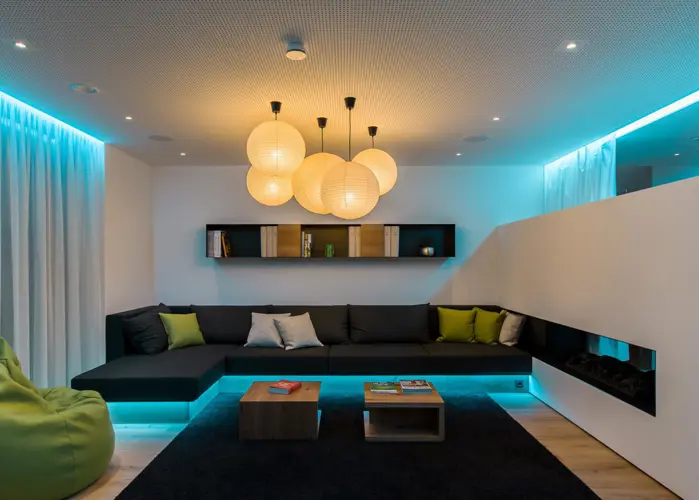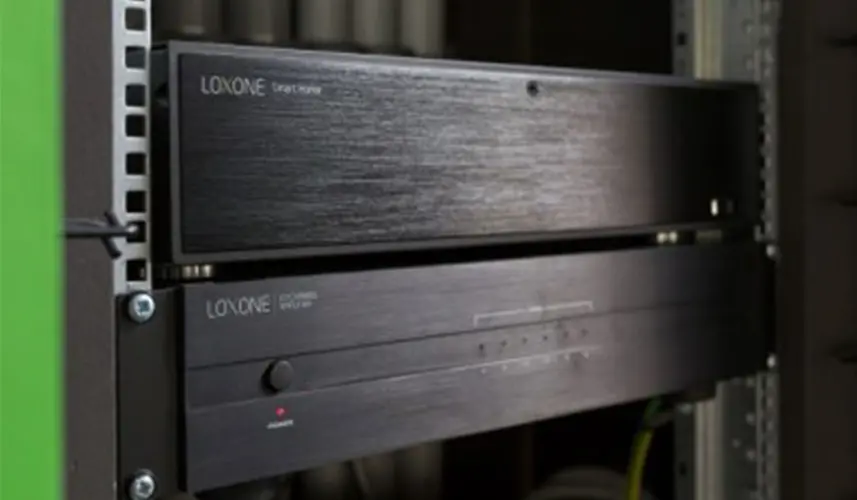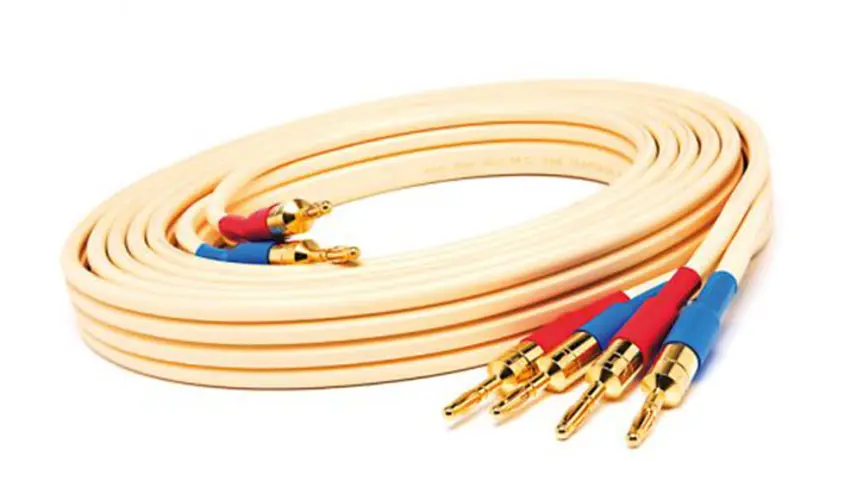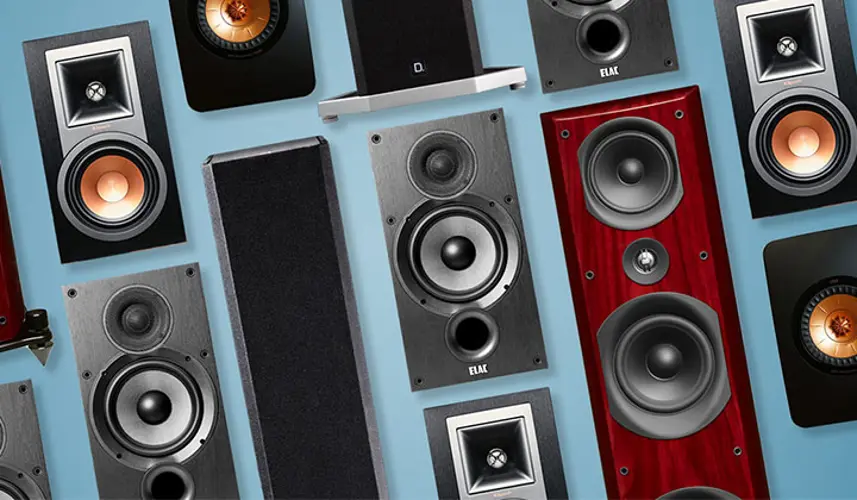How to Pick the Right Home Speakers

Unless you’re a dedicated speaker enthusiast, you’re unlikely to pay too much attention to the type of speakers you buy. There’s a tendency from regular buyers to assume that all speakers work pretty much the same and there’s no point in comparing models, as long as they deliver good sound.
However, under which circumstances should you pay extra attention to speaker specifications to find the right ones for you? What aspects are more relevant or which features should you be really looking for?
Most people would say that the easiest way is just going to the store, search the most expensive pair of speakers you can afford and buy them. Now, this may be the easiest way to do things, but if you’re looking to make the most out of your A/V then you need to look in detail for the ones that better respond to your house requirements.
The first thing you should do is to include this in a budget. If you know how much money you can spend on speakers beforehand, you’ll narrow down your searches for more accurate results.
It is crucial for people to figure out if what they need is just a pair of speakers or a whole sound system. If that’s the case, you need to know how much money to invest in speakers only. There’s no point on having state-of-the-art speakers if they run on an insufficient sound system.
Similarly, it would be a complete waste of money to have a fantastic sound system that resounds through a poorly designed set of speakers.
Another important aspect to consider is how future-proof your speakers and sound system are? How soon are you planning on upgrading your existing sound system?
The answer to these questions may require you to take another look at the budget you’ve already established. It may seem like you’re making an even bigger expense, but this can save you money in the long run.

Measure Everything
You need to measure the place where your speakers will be located. Knowing how much space is available is vital and it should be the first thing to do before anything else.
Once you figure out how much room is speaker-friendly you can narrow down your search again based on size. Many speakers need some space to perform properly so make sure there’s enough space between them and the wall.
If there’s no other option but to put them close to the wall, then you have another factor to consider when browsing because all models may not respond adequately to short space.
A good example is the Q Acoustics 3010is, this model works perfectly in narrow spaces. You can find similar speakers on the market that deliver good sound even if they’re too close to a wall.
Don’t forget that sound waves are affected by anything they find in their way to your ears so it’s best if you follow your manufacturer’s instructions about speaker positioning.

Powered, Active or Passive
The majority of speakers on the market are passive, this means that all the power they require to move the signal comes from an amplifier.
A powered speaker will amplify the signal on its own which means that it requires its own mains feed.
An active speaker has an amplifier for each driver which means that sound components will be more precise and accurate to calibrate.
A big difference between a powered speaker and an active one is that the powered speaker comes with an amplifier inside the cabinet. This means that the signal gets amplified before it reaches the drivers.
Even though powered speakers may seem a more expensive solution, you need to keep in mind that you’re also buying the amplification. In other circumstances, you would have to buy both the speakers and an amplifier. You’re actually saving money in the long run.
It is true that if you use different components you can achieve better sound, but powered/active home speakers are a great exception. Here you can combine all different aspects into one and get fantastic results.
Powered speakers are also future-proof so it’s worth considering these aspects before buying a set of home speakers because they are more flexible to adapt to new, smarter technologies.

Single or Bi-wired
Most speaker models come with either two or four terminals on the back for you to connect the speaker cables. If you choose a home speaker with four terminals, you can bi-wire for better results.
Usually, with a regular set of cables, the speaker launches all sound frequencies equally. If you bi-wire, your speaker can drive upper/middle/low frequencies individually for a much pure and precise sound.
This is something additional you can use to enhance the sound quality and it may occur that some speakers are not suited for bi-wiring. The speaker will continue on delivering sound, but keep in mind that if the speaker comes with two connectors only, it will not be future-proof thus becoming obsolete.
Standing or Mounted
There are two main kinds of speakers, the floorstanders and the mounted ones. They both provide different solutions to users depending on room size and other aspects.
Generally speaking, bigger speakers will deliver more volume and bass capabilities plus much better dynamics, though it’s better not to assume that this is always going to be the case.
In addition to this, you need to consider the volume in which you usually play your music around the house. You don’t want to waste money on a powerful set of speakers you know you’re never going to use.
Standing or mounted you need to find a solution that fits your sound requirements, each type of speaker provides different benefits but they all depend on your needs.

Aesthetics
Manufacturers and designers come up with different designs for speakers. You can get them with a cutting-edge and futuristic look, or if you are more into a vintage style, there are some powerful speakers that have that retro look you want.
The most important thing is that you choose a speaker design that you’re happy with. It’s not just about specifications, features or dynamics, looks matter too and since you’re likely to spend a fair amount of time in front of them, you may want to choose a design that’s aesthetically pleasing to you.
Protect Your Speakers
Now that you know the type of home speaker you want, its specifications, size and looks, it is time to make sure that your recent acquisition is well protected against common dangers around the house.
Make sure that the designated area for the speaker’s location is well protected from pets and small children, but also make sure that it does not represent any peril for them as well.
Picking the right set of speakers for your house is as difficult as you want it to be. You can simply go to the store and pick up the first ones you see or you can dedicate some time to choose a product with precise specifications that truly enhances your audio experience to unparalleled levels.
You just need to consider your own requirements, that means that maybe you don’t need huge speakers or cutting-edge ones. Just take a moment to pay attention to your listening habits and find a set of speakers that complement them.
Whether you’re purchasing the speakers online or if you go to the store, make sure that you take a look at their return policy. The reason for this is that the set of speakers you choose may have a different sound at the store than at your house, or if they are not what you expected them to be.
If after all of these considerations you’re still unable to decide what type of speakers your house needs, then you shouldn’t hesitate in getting the right guidance. Here you can find a great team of experts ready to advise you in all that is home speaker related.
They can guide you through numerous options so you know exactly what your house needs in order to have the appropriate set of speakers. Make the best out of your money and take your home audio to the next level.